Trump’s Trade War Expands To India
While the world is largely focused on the much larger trade war with China, the United States is engaged in a similar battle with a nation that ought to be a natural ally.
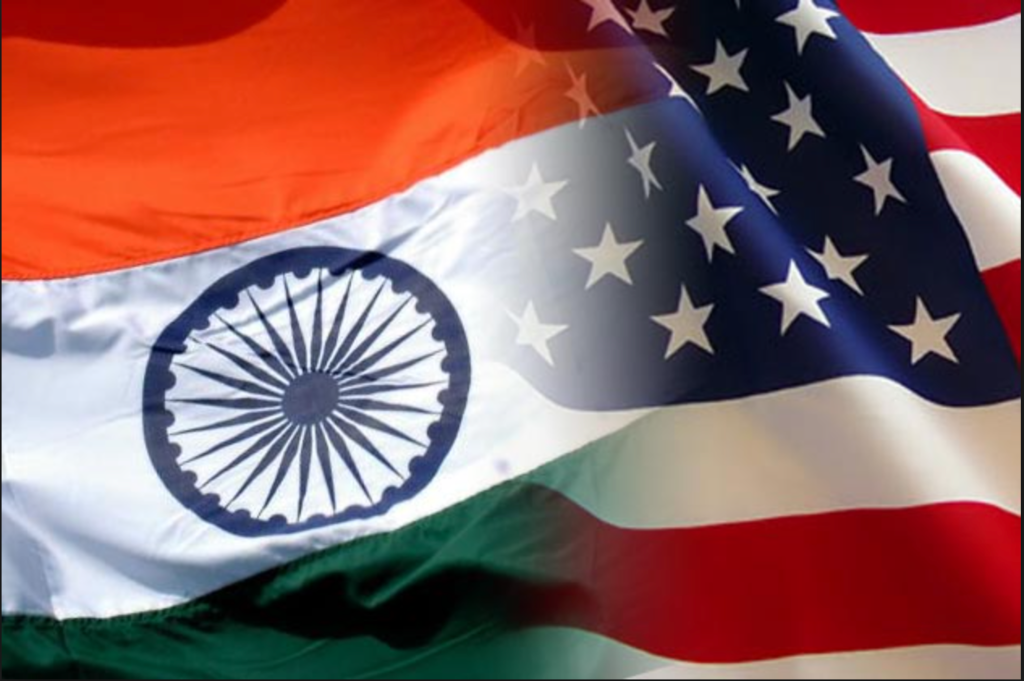
While the President’s trade war with China has been the one garnering the most headlines and has had the biggest impact on world financial markets, there’s also been a quieter trade war going on with India, and the government in New Delhi is beginning to respond to it:
MUMBAI, India — India announced late Saturday that it would raise tariffs on 28 categories of imports from the United States, the latest escalation in what has been a slow-motion trade fightbetween the two countries.
The increased tariffs, on $1.4 billion of goods, went into effect Sunday morning in India and cover almonds, walnuts, apples and finished metal items, among other products.
Unlike other trade battles that President Trump has waged, such as the increasingly bitter feud with China, the conflict with India threatens far less economic pain to either country.
Tariffs on almonds, for example, will go up about 20 percent under the new rules — but that translates into a wholesale price increase of about 4.5 cents a pound for almonds in the shell, according to industry officials. India is one of the largest markets in the world for almonds from California, which produces most of the global supply, but growers are more focused on wooing Indian shoppers from locally grown nuts like cashews than on the trade duties.
More from The Washington Post:
India lobbed a small but strategic strike in President Trump’s trade war, imposing retaliatory tariffson 28 products and layering in another economic stressor just days before leaders from both nations meet at the Group of 20 summit.
The penalties run as high as 70 percent, affecting agricultural goods such as apples, almonds and walnuts, as well as chemical and finished metal products. India said the move was “in the public interest” following Trump’s decision to revoke India’s preferential trade privileges.
India had been the biggest beneficiary of the Generalized System of Preferences, a program designed to help developing countries sell to U.S. consumers. But Trump, irritated by the United States’ hefty trade deficit with New Delhi, ended India’s favorable trade status on June 5. Last year, India sold $54.4 billion worth of goods to the United States but imported a little more than $33 billion in U.S. products.
Though India’s action affects an estimated $241 million in imports — a pittance compared with the numbers involved in the White House’s trade battles with China and Mexico — it’s another pressure point in an increasingly tense and uncertain global economic outlook. The tariffs took hold Sunday, just ahead of next week’s G-20 summit in Osaka, Japan, where economists and business leaders expect Trump and Chinese leader Xi Jinping to discuss the trade.
“This is a big deal,” tweeted Michael Kugelman, deputy director of the Asia Program at the Wilson Center, a Washington-based think tank. “Not as much because of the value of the goods soon to be taxed … but more so because until now, Delhi’s reaction to Washington’s moves had been strikingly restrained.”
What began as a tool to cut down on U.S. trade deficits has quickly morphed into a defining feature of trans-Pacific trade. Tariffs have become Trump’s preferred means of exerting political pressure on other nations, even in matters not directly related to trade, such as his threat last month to impose tariffs on Mexico over migration. Although Trump has repeatedly — and inaccurately — said that other countries bear the burden of the tariffs, trade and business experts say the reality is that U.S. businesses pay the levies first and pass those costs on to consumers.
This trade tension with India has been quietly developing for the better part of a year, in part due to the fact that the government in New Delhi took its time reacting to moves from Washington that were clearly aimed at India. It started, as so much of this did with the increased tariffs on steel and aluminum that the President announced in March 2018, which hit India as well as a number other countries. India threatened to impose these tariffs in the aftermath of that decision but delayed the decision as it tried to negotiate a broader trade agreement with the United States. Those efforts ended in failure several months ago, though, and it seemed clear that India would come back to this issue after this year’s elections, which resulted in a solid victory for the government Indian Prime Minister Narendra Modi. In addition to the steel and aluminum tariffs, President Trump upped trade tensions late last month when he revoked the preferential trade status that had been granted for roughly $5 billion in imports from India, something that had been threatened for the better part of the past year. This announcement is effectively India’s response to both the March 2018 tariffs and the announcement last month.
This trade fight doesn’t have the same scope as the one with China, mostly because our trade with India does not even come close to the volume of our trade with many other nations. According to the Office of the U.S. Trade Representative, trade with India totaled $142.1 billion in 2018. This is dwarfed by the $737.1 billion in trade with China during the same period, the $714.1 billion in trade with Canada, the $671.0 billion in trade with Mexico, and the $1.3 trillion in trade with the European Union during the same period. This means that the impact of these Indian tariffs inside the United States is likely to be rather limited, while the risks for the Indian economy will likely be more significant:
India’s decision to slap new tariffs on American goods over the weekend escalates a trade battle with the United States that may not be worth fighting and could backfire.
The Indian tariffs on 28 US products including almonds, apples and some chemicals went into effect Sunday. While New Delhi says the heightened duties are in retaliation for US tariffs on steel and aluminum imposed last year, it has a lot more to lose.
“India’s decision to retaliate with higher tariffs … is a strategic miscalculation,” Priyanka Kishore, India head at Oxford Economics, wrote in a note Monday. “Such a hardline stance in India’s trade negotiations with the US may do more harm than good,” she added.
Like China, which is locked in a full-blown trade war with the United States, India sells a lot more to America than it buys. It imported US goods worth $33 billion last year, while exporting goods worth $54 billion. Trade in services between the two countries — worth $54.6 billion last year — is also slightly skewed in India’s favor thanks to IT companies like Tata Consultant Services, Infosys (INFY) and Wipro (WIT).
That gives Washington a much bigger target, should it choose to hit India back.“If the US chose to respond with retaliatory tariffs on labour-intensive exports such as gems, jewellery and textiles, [or] more pushback on IT services, it would cause far more damage to [India’s] economic outlook,” Kishore said.
President Donald Trump has repeatedly slammed the US trade deficit with India, as well as India’s high tariffs on products like motorcycles and alcohol. The Trump administration recently removed India from a preferential trade program that exempted Indian goods worth over $6 billion from tariffs, citing complaints from the American medical and dairy industries.
The limited nature of the retaliation — India has said the goods targeted are worth around $240 million — means the new tariffs are largely symbolic.
“I think it’s a signal that is going out from India … that we are going to act, if not tough, we’re going to be firm in our response,” said Rajat Kathuria, director of the Indian Council for Research on International Economic Relations, a New Delhi-based think tank.
It also represents a significant change of approach by Prime Minister Narendra Modi, who was recently elected for a second term by a thumping majority.Modi’s government first announced the tariffs a year ago, during his first term, but repeatedly delayed imposing them as the two sides held a series of talks to try and find a resolution.
“This is a big deal — not as much because of the value of the goods soon to be taxed, which is relatively modest — but more so because until now, Delhi’s reaction to Washington’s moves had been strikingly restrained,” tweeted Michael Kugelman, deputy director of the Asia Program at Washington-based think tank The Wilson Center.
This analysis isn’t entirely surprising, of course, because it has generally always been the case that the true cost of increased tariffs are felt by the businesses and consumers in the country that imposes them more than they are felt by the targeted country. We’ve already seen how the steel and aluminum tariffs that started all of this, which have clearly failed to achieve their alleged goal, have hurt the U.S. economy by increasing prices for manufacturers and consumers. Now, the Indian government is likely to learn the same lesson about its retaliatory tariffs, as will the U.S. economy if the Trump Administration imposes retaliatory tariffs of our own. Nonetheless, it’s not surprising that the Indian government feels compelled to respond to the actions of the United States, if only for domestic political purposes.
In any case, these latest developments come at an inauspcious time for the United States and India, especially because they are likely to put on the back burner any talk of closer relationship between the two nations. This would be inadvisable for both countries since a closer relationship between Washington and New Delhi would be an effective way of counter-balancing the rise China. It’s possible that this relationship can be repaired before too much damage is done, but that will require a quick resolution of this slow-moving trade war, and that doesn’t seem likely at the moment.

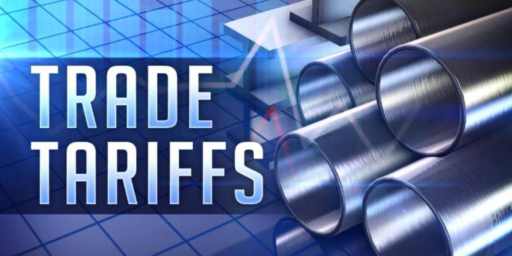
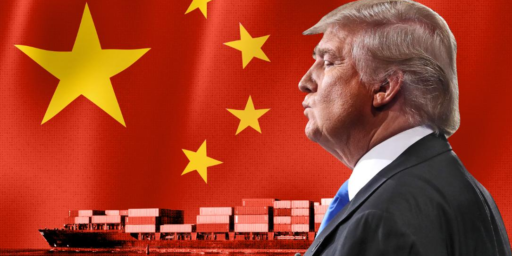
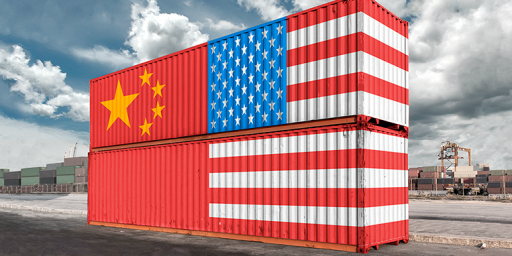
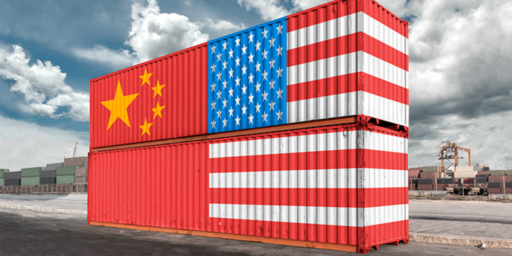
As should go without saying I think that President Trump’s actions with respect to India are ill-considered.
However, I’m skeptical that India is a “natural ally” of the United States. I think it is far more likely it will cooperate with the U. S. when it is in India’s interest but remain largely non-aligned.
As long as India’s present move towards Hindu nationalism continues I’m not sure we should even want it to be an ally.
@Dave Schuler:
Ally may be too strong a word as I am not suggesting a formal alliance, but I think it’s clear that, with the rise of China and the challenges it poses in Asia, a better relationship between the United States and India would certainly be to our advantage as a counterbalance. In any case, I agree that the rise of Hindi nationalism is a potential roadblock to that idea but I also believe that we have more in common with India as a fellow democratic nation than we do with China and, at least until Trump, we’ve managed to maintain good relations with that nation despite the fact that it is a dictatorship.
In any case, this trade war is certainly not going to help either India or the United States.
This is simply another step in ceding leadership of the world to China. An America surrounded by walls physical and mercantile will be out of the mainstream of world affairs. The EU, China, Russia, and India are not going to stop trading, and if the US is sidelined, they will trade among each other. There are four times as many people in China as the US; the proportion of brilliant innovators is probably similar. China has landed devices on the Moon, and I expect more initiatives in science and technology from them. In twenty years when we are out of the world markets with the exception of agriculture, we will see the world economy race past the US like a Porsche past a Chevy. Oh, and being a producer of agricultural goods puts us at the mercy of the volatility of those goods.
One of these days someone should sit down with the buffoon in chief and try to explain the concept of ‘strategy.’ Maybe they could do it as a coloring book. Or a meme. He kind of understands memes, some of the time.
Are we out to limit Chinese influence in south and southeast Asia? Yes? No? Will this advance either choice? Are we hoping to drive China and India closer together? Why? What? Huh? Where does Pakistan and by extension Afghanistan fit into the picture? Are we going to go on bitching about Tibet? What about the Spratleys? What about re-arming Japan? I mean we know now that Kim Jong Un is our very bestest letter-writing buddy, how does NK and it’s growing nuke capacity fit into the picture? How about Asian Russia?
Right now an objective analysis of Trump’s foreign policy would suggest a plan to unite China, Russia and India in an axis of contempt for the United States, while alienating every democratic European nation as we let ourselves be flattered by proto-fascists from poor, weak European countries of no value either as trading or strategic partners. And of course there are the presidential handjobs for creeps like Kim and MBS.
@michael reynolds:
I think it’s pretty clear that Trump doesn’t do strategy. It’s all seat of the pants.
@Dave Schuler:
Especially if that’s where he keeps his wallet.